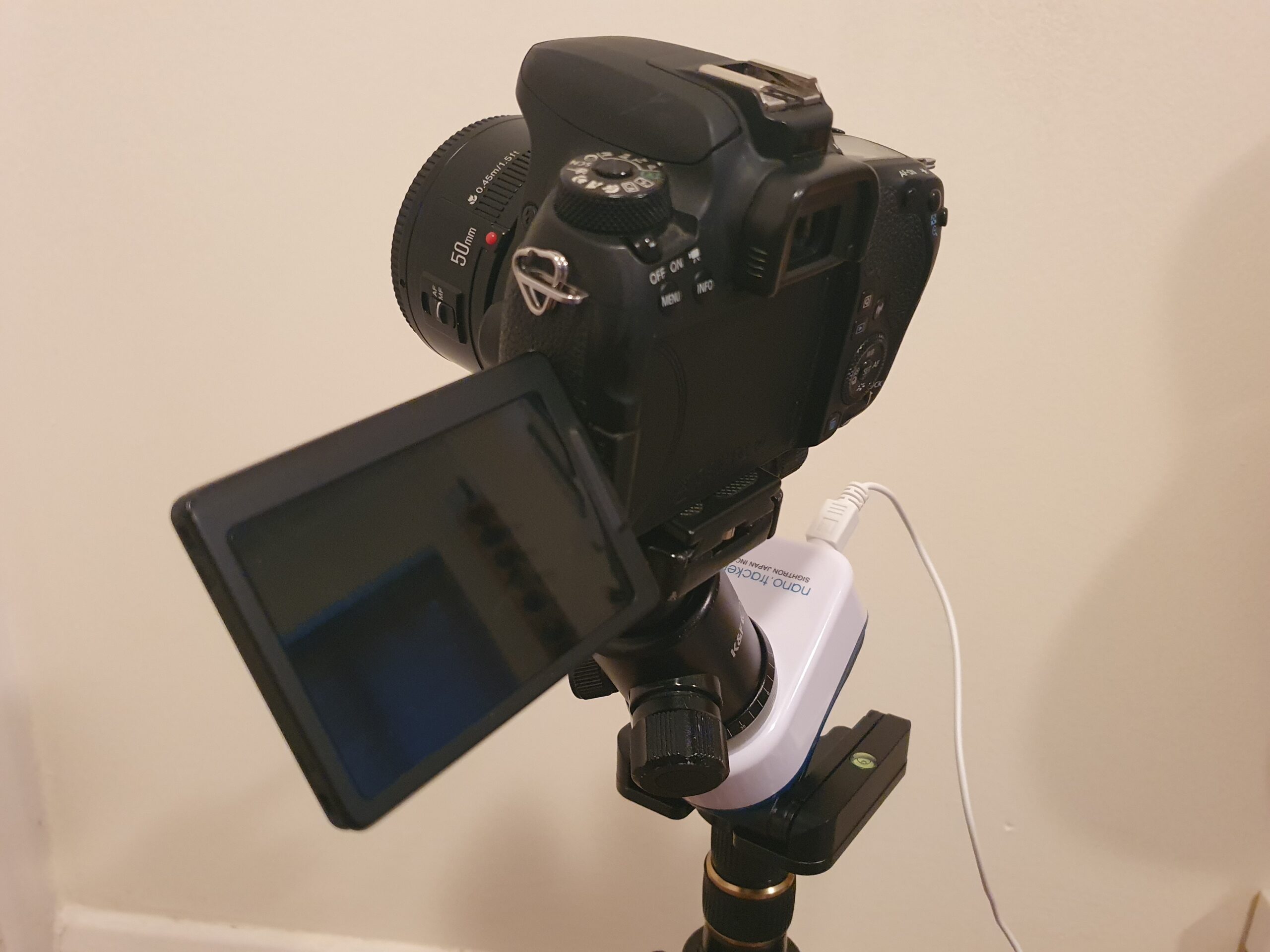
Star Trails
5 September 2022Capturing ‘deep sky’ images relies on long exposure times – ie keeping the shutter open for as long as possible. The problem is that if you set your camera for too long, you will get star trails.
This is because the stars ‘move’ very slowly across the sky. Of course it’s the earth that’s moving, not the stars themselves, but it appears like they move. You don’t notice just by looking at them with the naked eye, but on a photo of more than a few seconds exposure, you will begin to see the stars not as dots but a little elongated lines.
The effect gets worse if you zoom in more closely – either with a long lens or viewing at large magnification through a telescope. In fact, using a scope, you can see objects moving and they will sometimes quickly disappear out of frame meaning you have to re-position the scope, maybe every few seconds.
The 500 (or 300) Rule
In order to calculate how long you can keep the shutter open using various focal length of lens, you can apply the 500 rule. Basically, divide 500 by your focal length and this gives the approximate number of seconds you can shoot before Star Trails begin to show.
Therefore, using a 50mm lens, you could have a maximum of 10secs (500/50), but with a 300mm, you could only have 1.67secs, safer to call it 1.5secs. You also need to take the Crop Factor into account if your camera has a crop sensor (APC-S). A lens on an APC-S camera is effectively 1.6 times ‘longer’ than on a full frame camera. So a 50mm on an APC-S camera will actually give the same result as an 80mm on a Fuill Frame. So, on a crop sensor, you would need to calculate 500/80 = 6.25secs (round it down to 6secs). Or alternatively, use the 300 rule instead (300/50 = 6). Probably a bit simpler!
Exposure can be increased by taking several images then stacking them in specialised software (you can also do it manually in Photoshop, but it’s long-winded)
But the most effective way is to use a motorised Tracking Mount, which compensates for the earth’s rotation (by rotating at the same speed in the opposite direction). As a result the sky ‘stays still’ while any stationary objects (trees etc) will appear to move and blur.

Of course using a tracking mount AND stacking multiple images gives even more effective exposure – eg 100x30secs gives you 50 minutes!
We’ll look at image stacking and using a tracking mount (such as the Nano Tracker I have bought) in future posts.
